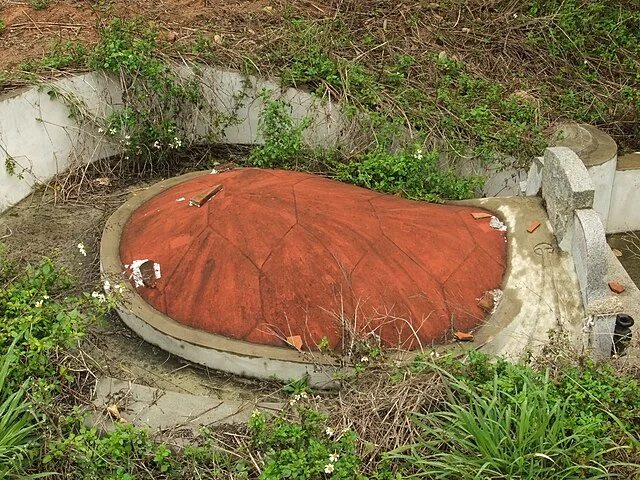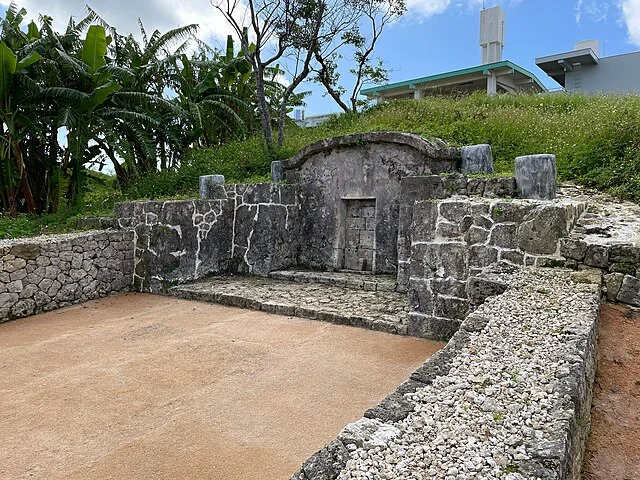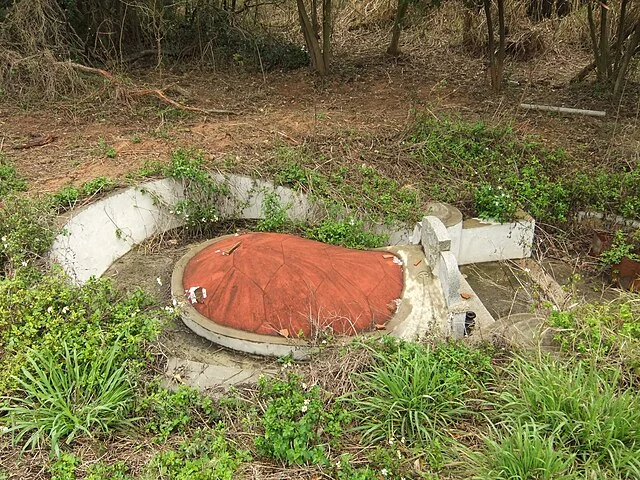Turtleback Tombs, dating back to the Bronze Age, are a unique form of burial architecture found primarily in East Asia, especially in the Korean Peninsula and Manchuria. These tombs hold significance not only for their construction techniques but also for their cultural and historical impact in East Asia. This post delves into their structure, historical context, and the cultural importance they held in ancient societies.
Get your dose of History via Email
Origins and Historical Context

Turtleback Tombs are thought to have been built between 1000 BC and 300 AD, a period that spans from the late Bronze Age to early Iron Age in East Asia. The tombs are most common in areas inhabited by early Korean cultures, particularly during the Gojoseon and the subsequent Three Kingdoms periods (57 BC–668 AD). These tombs demonstrate the complex social structures and burial practices that developed in ancient Korea and surrounding regions.
Archaeological evidence suggests that Turtleback Tombs were used to bury individuals of high social standing, likely chiefs or noble families. Similar burial mounds have been discovered in parts of Manchuria, reflecting interactions between early Korean cultures and their northern neighbors.
Structural Features of Turtleback Tombs

Turtleback Tombs, named for their distinctive shape, resemble the carapace of a turtle when viewed from above. They are built with a low, rounded mound that is usually composed of compacted earth and stone. This mound covers a central burial chamber, which was often constructed with stones arranged in a ring or a box-like shape to enclose the deceased.
The central burial chamber was sometimes lined with slabs or stone blocks, and additional smaller stones filled in gaps for added stability. The tombs varied in size, with larger structures likely indicating higher status. They often included grave goods such as pottery, weapons, and jewelry, symbolizing the deceased’s wealth and social role.
Cultural and Symbolic Significance
Turtleback Tombs hold significant cultural symbolism in early Korean societies. The mound’s shape, resembling a turtle’s shell, was a symbolic choice. Turtles were seen as symbols of longevity and stability in East Asian cultures, suggesting that Turtleback Tombs may have been constructed to convey hopes for the deceased’s peaceful afterlife and continuity of the lineage.
Furthermore, the presence of grave goods in these tombs reflects a belief in an afterlife, where the deceased would require personal items or symbols of status. Archaeologists interpret this practice as evidence of an emerging hierarchy within these early communities, as only prominent individuals received such elaborate burials.
Distribution and Regional Variations
Turtleback Tombs are most prevalent in the Korean Peninsula, particularly in regions associated with the Gojoseon state and later Korean kingdoms. However, similar tombs have been found in northeastern China, indicating cultural exchange and influence across the region. Despite common features, the size, construction materials, and goods found in these tombs can vary by location, reflecting local adaptations and cultural practices.
Some larger Turtleback Tombs found in areas associated with ancient Korean kingdoms suggest that the construction and use of these tombs became more sophisticated over time. The presence of Chinese-style artifacts in some tombs implies connections with neighboring cultures, possibly due to trade or cultural exchange.
Significance in Archaeological Studies
Turtleback Tombs provide valuable insights into the social structures, beliefs, and cultural exchanges of early Korean societies. By analyzing the tombs’ construction methods, contents, and distribution, archaeologists can better understand the development of social hierarchy and interregional relations in ancient East Asia.
These tombs also play a role in establishing connections between the ancient Korean Peninsula and other East Asian cultures, revealing how regional identities and traditions influenced burial practices. The artifacts found in Turtleback Tombs serve as crucial links to early Korean history, shedding light on the beliefs and social values that shaped these communities.
Conclusion
Turtleback Tombs, with their distinct structure and cultural significance, offer a glimpse into the complex societies of ancient Korea and surrounding regions. These tombs reveal not only the technical skills of early builders but also the symbolic meanings tied to burial practices. By studying these unique tombs, archaeologists and historians gain insight into ancient East Asian civilizations and the shared cultural threads that connected them.
Source:

